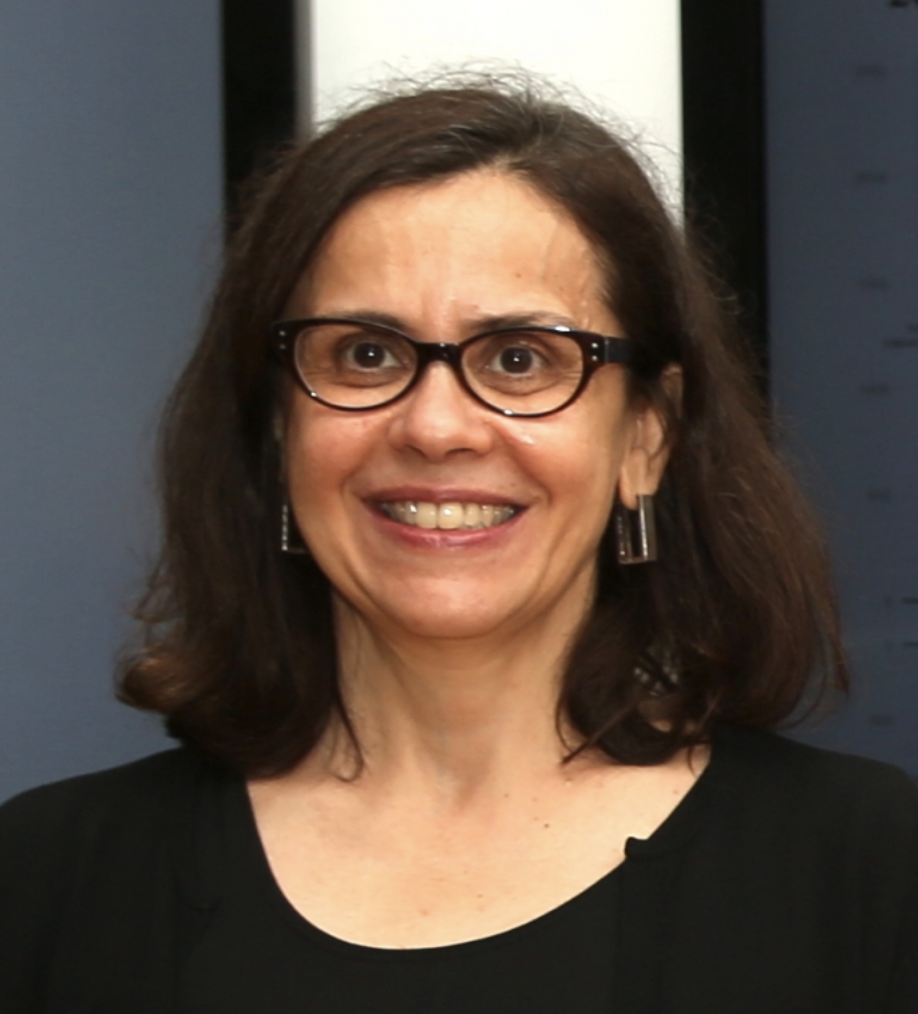Interdisciplinary research lab in data visualization and HCI at the University of Edinburgh.
Publications - Tools - Teaching
News - Resources - Outreach
Work with us
Follow us on LinkedIn
Invited Talks
Join us at https://eu.bbcollab.com/guest/d6f968c9fe8e4a1382b2d4fc456a813d (no installation required).
Upcoming
Data Changes Everything: How Data Visualization Design and Interface Design are Different
Jagoda Walny, Canada Energy Regulator
**Tue, July 28, 2020. 6:00 pm **

Abtract: It’s easy to assume that the tools and approaches used for general software design apply equally to data visualization design. But data visualization design and interface design are often deeply and fundamentally distinct from one another. We learned this the hard way when we turned our research lab into a collaborative data visualization design studio for a few years, creating public-facing visualizations with a large organization and a software development team. In this talk, I will highlight some challenges that our design team faced and reflect on the opportunities this poses to create new, powerful data visualization design tools and communication processes.
Bio: Jagoda spent two years as a postdoctoral researcher at the Interactions Lab (University of Calgary, Canada) leading a data visualization design team and reflecting on plenty of design and process challenges along the way. She currently leads the Visual Data & Design group at the Canada Energy Regulator.
Web: http://research.jagoda.ca
Past Talks
The impact of technology on infographics & data visualizations in news(-papers)
Isabel Meirelles, Ontario College of Art and Design University
Wed, July 22, 2020. 6pm

Abtract: Each new technology affects the way we communicate information: from how we gather, sort, produce and design, to how we reproduce, disseminate and receive the news. In this talk, I will discuss the impact of technology on the use and creation of infographics and data visualizations in newspapers. I will focus on the past 20 years of online journalism by examining medal recipients of the Malofiej International Infographics Awards since its 8th edition in 2000, when it started accepting Online infographics. I will critically look at two levels of design creation: the individual level of the visualization, and the contextual level of the narrative structure. The goal is to reflect on the extent to which technologies of both production and readership have fostered (or hindered) new design strategies in data storytelling over time.
Bio: Isabel Meirelles is an information designer and educator whose intellectual curiosity lies in the relationships between visual thinking and visual representation. She is a professor in the faculty of design at OCAD University, Toronto. Previously, she was at Northeastern University, Boston (2003–2014). Her research focuses on the theoretical and experimental examination of the fundamentals underlying how information is structured, represented, and communicated in different media. Meirelles frequently teams up with colleagues on interdisciplinary projects involving visualization of information, and she has organized numerous conferences, initiatives, and exhibitions on the topic. In addition to writing widely on the role of data visualization in society, culture, and education, Meirelles is the author of Design for Information: An introduction to the histories, theories, and best practices behind effective information visualizations (Rockport, 2013).
Web: https://www2.ocadu.ca/bio/isabel-meirelles-0
Future Data Visualisation Concepts
Laura Smith, Slanted Theory
Wed, July 15, 2020, time 11am

Abstract: The world of data is an ever growing entity. Companies are collecting vast amounts of it, on customers, machines, processes, location. Predictions put us in the realms of generating 163 zettabytes by 2025. We have some way to go, yet we are all already struggling to make sense of the data we collect. Data exploration and communicating this complex data is a challenge. Teams are under pressure as the data grows to find insight and communicate it to those that don’t have data science backgrounds. This usually means lots of dashboard graphs and reports. But it there a better way?
Bio: Laura Smith is CEO and head of interactive visualisations at Slanted Theory, an innovative data visualisation and analytics company that utilises A.I. along with Virtual, Augmented and Mixed reality to disrupt the way data is analysed, making it easier to discover hidden insights. Laura has had a strong interest in art and design from a young age and started her career around computers by mixing digital and fine art. Later working around computer science and complex research data, Laura fused the two paths to cofound Slanted Theory. She now specialises in creating engaging interactive experiences in virtual and augmented reality to enable non-specialists to explore multidimensional data like never before, to support faster decision making through her ALAIRA platform.
Finding What to Read: Visual Text Analytics Tools and Techniques to Guide Investigation
Christopher Collins, Ontario Tech Institute, OT

Thu, July 9th, 5:30pm*
Abstract: Text is one of the most prominent forms of open data available, from social media to legal decisions. Visual Text Analytics combines text data processing techniques with interactive visualizations to provide ways to observe trends, discover patterns, and find the right thing to read in large collections of text. I argue that text visualization is not a replacement for reading but can help someone form questions about a large text collection, then drill down to investigate through targeted reading of the underlying source documents. In this presentation I will overview some of the biggest challenges in working with text and highlight some case studies in visualizing text in a variety of domains, from security and passwords to digital humanities.
Bio: Dr. Christopher Collins holds the Canada Research Chair in Linguistic Information Visualization and is an Associate Professor of Computer Science at Ontario Tech University. His research focus is interdisciplinary, combining information visualization and human-computer interaction with natural language processing to address the challenges of information management and the problems of information overload. Dr. Collins has published over 80 peer-reviewed contributions, many in top-tier venues such as ACM ToCHI and IEEE Transactions on Visualization and Computer Graphics. His research has been featured in the New York Times Magazine and CBS Sunday Morning. He received his PhD in Computer Science from the University of Toronto. Dr. Collins is a past member of the executive of the IEEE Visualization and Graphics Technical Committee and sits on the IEEE VIS Conference Organizing Committee.
Web: http://vialab.science.uoit.ca/portfolio/christopher-m-collins
Facilitating Well-Informed Data Science through Interactive Visual Analysis
Cagatay Turkay, University of Warwick, UK

Tue, July 7th, 3:30pm
Abstract: In this talk, I will talk about how interactive visualisations that are coupled tightly with algorithms offer effective methods in conducting data science in rigorous and critical ways. Such methods not only enhance the insights drawn but also support better informed decisions made based on the outcomes. We will discuss how visualisation can facilitate such practices and will look at examples of research on how data can be transformed and visualised creatively in multiple perspectives, on how comparisons can be made within different models, parameters, and within local and global solutions, and on how interaction is an enabler for such processes.
Bio: Cagatay Turkay is an Associate Professor at the Centre for Interdisciplinary Methodologies at the University of Warwick, UK. His research investigates the interactions between data, algorithms and people, and explores the role of interactive visualisation and other interaction mediums such as natural language at this intersection. He designs techniques and algorithms that are sensitive to their users in various decision-making scenarios involving primarily high-dimensional and spatio-temporal phenomena, and develops methods to study how people work interactively with data and computed artefacts.
Web: https://warwick.ac.uk/fac/cross_fac/cim/people/cagatay-turkay
Interactive Tools for Visualizing Data: Perspectives from Research + Practice

Matthew Brehmer, Tableau Research, Seattle, WA
Thu, July, 2nd
Abstract: This presentation will provide an overview of interactive visualization tools. The overview will consider tools used in practice, recent prototype tools from the visualization research community, and promising directions for future visualization tools based on current research trends. The presentation will also feature three lessons pertaining to multi-tool workflows, distinguishing chart-pickers from bespoke visualization specification tools, and the distinction between visualization authoring and visualization design.
Bio: I am a research scientist with Tableau Research in Seattle, where I focus on information visualization. Specifically, I am interested in expressive visualization design for communication and presentation, visualization design for devices large and small, and the visualization of time-oriented data, including quantities, event sequences, and dynamic networks.


